Is Japan a Vegan Trap or Paradise?
What Nobody Tells You About Dashi, Tofu, and Hidden Fish Flakes
If you've ever typed "Is Japan vegan-friendly?" into AI, you’ve likely found mixed opinions — some call it paradise, others a culinary minefield. The truth? It’s both.
As someone born and raised in Japan and just starting my journey as a medical doctor, I want to help you navigate the real dining scene here — not just the shiny tofu restaurants on Instagram, but the reality of what it’s like eating plant-based in a culture where fish-based broth is considered as harmless as salt.
Whether you’re a plant-based traveler, a wellness-focused foodie, or just someone trying to avoid hidden fish flakes, this guide skips the sugarcoating. You’ll get an honest take on what it’s really like to eat vegan in Japan — plus a few tools to help you enjoy it without compromising your values.
📝 What’s Inside This Guide
What it’s actually like to be vegan in Japan (from someone who grew up here)
Why dashi is the one ingredient you really need to watch out for
What dishes are usually safe — and the exact phrases to use when ordering
A behind-the-scenes look at Japan’s ancient Buddhist vegan cuisine
And tomorrow for paid subscribers
a list of the best vegan restaurants loved by Japanese locals (not the usual tourist picks)
a PDF you can show at restaurants to explain your dietary needs
Let’s dive in!
🇯🇵 So… Is Japan Vegan-Friendly?
In major cities like Tokyo, Kyoto, and Osaka — yes, things have improved drastically. New vegan cafés, plant-based ramen joints, and even convenience store options are popping up fast. You’ll find oat milk at cafés, seitan burgers, and even vegan versions of traditional sweets.
But outside the main hubs? It gets complicated.
Veganism as a concept is still relatively new in Japan. Many locals don’t differentiate between vegetarian, vegan, and pescatarian — and some may genuinely think that fish stock “doesn’t count.” That brings us to one of the most important ingredients to understand if you're vegan in Japan:
🧂Dashi: What You Need to Know About Japan’s Umami Broth
Dashi is the quiet foundation of Japanese cooking — a delicate, umami-rich broth used in everything from miso soup and noodle dishes to simmered veggies. But here's the catch: most traditional versions aren’t vegan.
Common ingredients include:
Katsuobushi (bonito flakes): dried, fermented fish
Niboshi: tiny dried sardines
Kombu (kelp): the only vegan option — but often combined with fish-based dashi
This means even simple dishes like tofu, vegetable miso soup, or clear broth soups may contain animal products. It’s not always visible, and that’s where things get tricky.
When in doubt, asking “Katsuobushi haitte imasu ka?” (Does it have bonito flakes?) can be more effective than just saying “I’m vegan.”
🍱 What You Can Eat (And How to Ask for It)
Luckily, Japan has some built-in vegan-friendly options… if you know how to identify them.
✅ Examples of Dishes that are often vegan or can be made vegan
Zaru soba (cold buckwheat noodles) with kombu broth — ask if it's fish-free
Inari sushi — rice wrapped in sweet soy-simmered tofu pockets
Tsukemono — assorted Japanese pickled vegetables
Gohan + okazu — plain rice with vegetable side dishes
Yaki nasu — grilled eggplant, often served with soy sauce and ginger
Hijiki no nimono — simmered hijiki seaweed with veggies (check for dashi)
Kinpira gobo — sautéed burdock root and carrot (sometimes uses fish stock, so ask)
Kabocha no nimono — simmered pumpkin in soy-sugar sauce (ask about dashi)
Agedashi tofu — deep-fried tofu (check the broth for fish stock)
Rice balls (onigiri) — plum (umeboshi) or seaweed (kombu) filling
Oden (some items) — like daikon radish or konnyaku, if cooked in kombu-only broth
Yudofu — hot pot-style boiled tofu, popular in Kyoto temple cafés
Fresh edamame — boiled and salted young soybeans
🚫 Examples of Dishes That Look Vegan But Often Aren’t
Miso soup — almost always made with fish-based dashi
Vegetable tempura — batter may contain egg, and the dipping sauce often has dashi
Japanese curry — sometimes made with beef fat or meat stock in the roux
Some ramen — typically uses pork, chicken, or fish broth (ask for vegan ramen)
Okonomiyaki — veggie versions often still include dashi or bonito flakes on top
Takikomi gohan — seasoned rice that may include fish or meat broth even if no chunks are visible
I’ve also made a PDF card in Japanese that you can show to restaurant staff, which I will share it tomorrow too!
How I Recommend Navigating Food in Japan as a Vegan
Here’s how you can minimize confusion and maximize joy while eating out:
Research before you go.
Many restaurants now list menus online. Use HappyCow, Google Maps, or vegan-specific sites like “Is It Vegan Japan?”
Bringing a vegan dining card in Japanese. (will be sent to paid subscriber tomorrow!)
This can make eating out much easier. I’ve prepared a handy downloadable PDF you can show to restaurant staff to explain your dietary needs clearly — I’ll be sharing this exclusive resource with paid subscribers in tomorrow’s newsletter, so stay tuned! :)
Seek out traditional cuisine that aligns with vegan values.
Surprisingly, the best place to start might be inside temples.
🧘♀️ One Surprising Vegan Oasis: Shojin Ryori
Shojin ryori is Japan’s centuries-old Buddhist cuisine — rooted in the idea of non-violence, mindfulness, and respect for all life. It’s fully plant-based and incredibly balanced.
Dishes include:
Steamed seasonal vegetables
Simmered tofu and mountain greens
Sesame tofu (goma dofu)
Pickles, miso soup (sometimes dashi-free), and rice
You’ll find it in temple lodgings (called shukubo) or in restaurants near historical or sacred areas. It’s not “trendy vegan,” but deeply nourishing — and eating it feels like stepping into a quieter, older version of Japan.
⚠️ A small warning: some places have added dairy or egg to cater to tourists, so still ask.
💬 Know a great vegan spot in Japan?
If you’re vegan and have a favorite place you’ve eaten at in Japan, I’d love to hear from you! Drop it in the comments — I think many readers will really appreciate your tips. It might just help someone have their best plant-based meal here.
📩 Final Bite: Tomorrow’s Vegan Restaurant Guide + Japanese Dining Card (Only for Paid Subscribers)
You’ve now got the basics: how to avoid dashi and what to eat.
But what about the best vegan restaurants in Japan — the ones Japanese people actually go to?
Tomorrow, I’ll be sending out a curated list of recommendations.
I’ll also be sharing a downloadable Japanese dining card you can show to restaurant staff — a simple, effective way to communicate your vegan needs without the stress.
This exclusive post is part of my paid subscription, so if you want to eat like a plant-based insider — not just a tourist — come join us.
See you there!


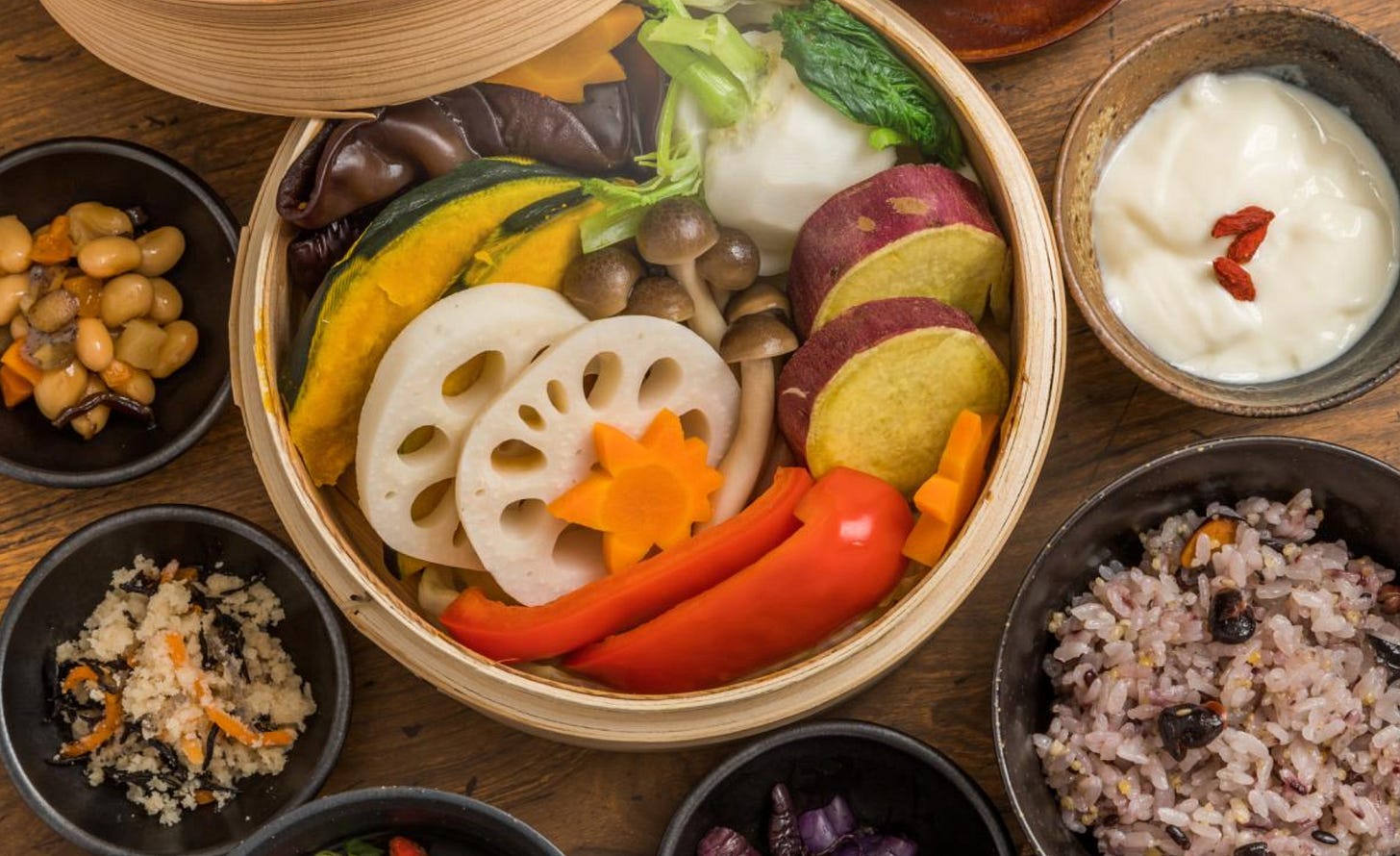
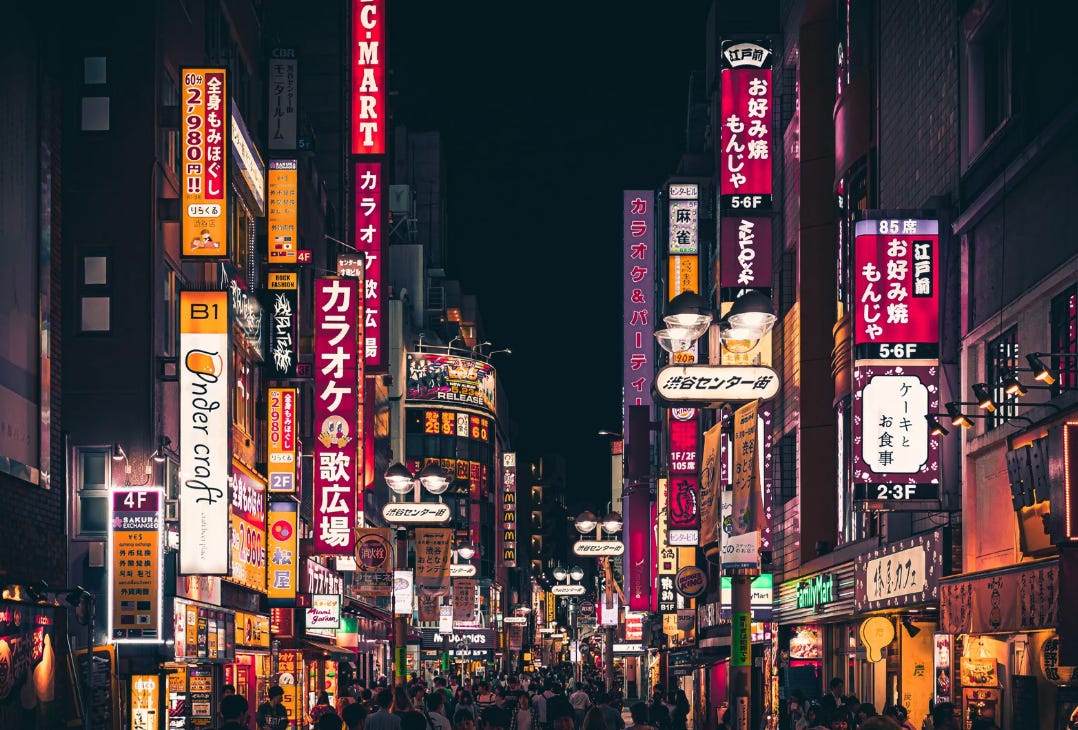

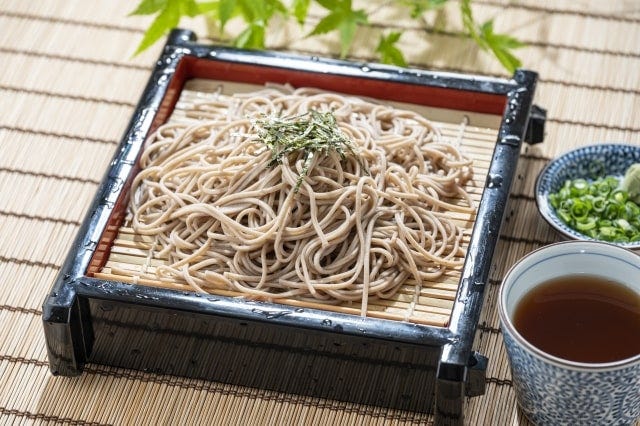
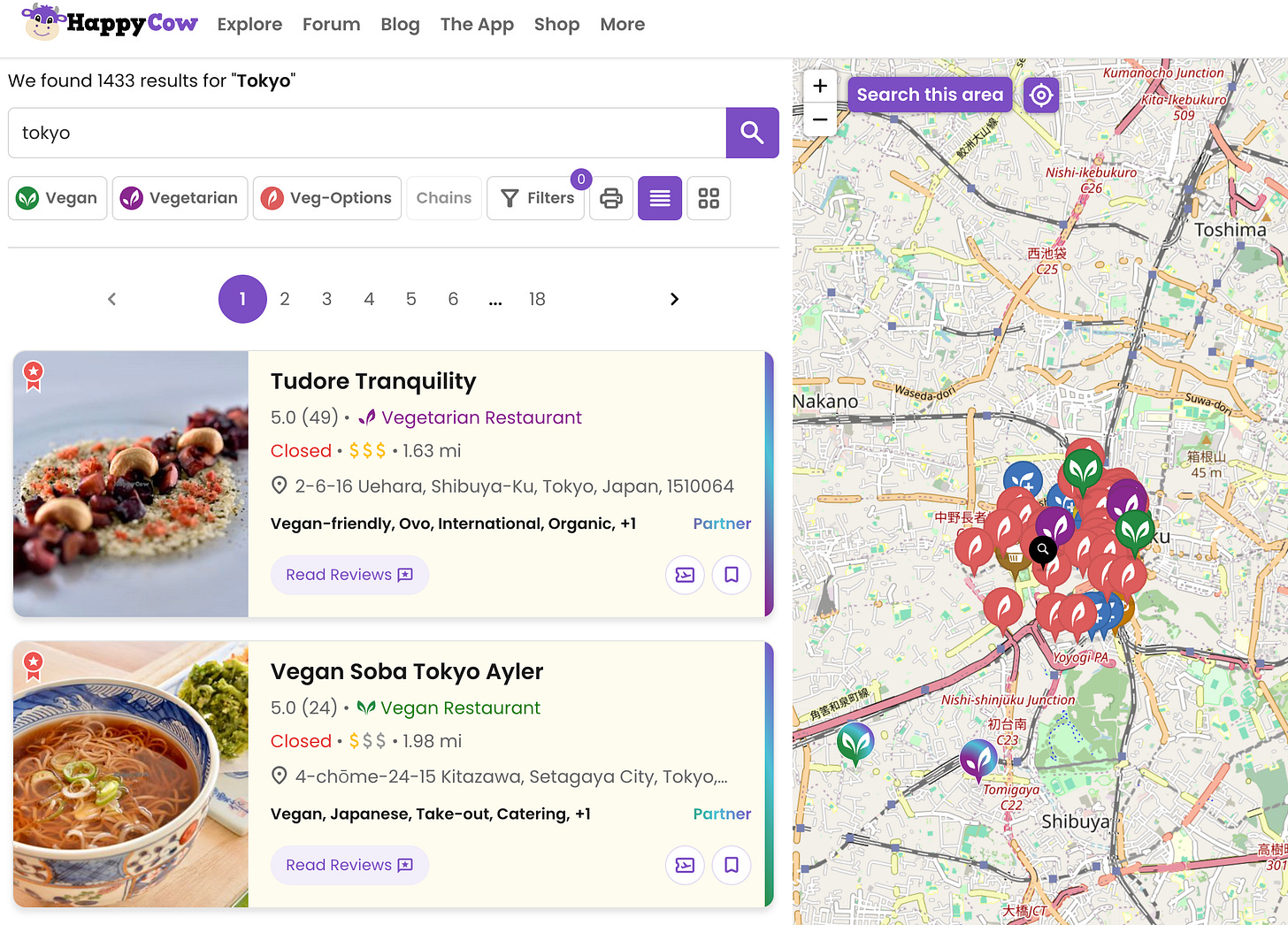
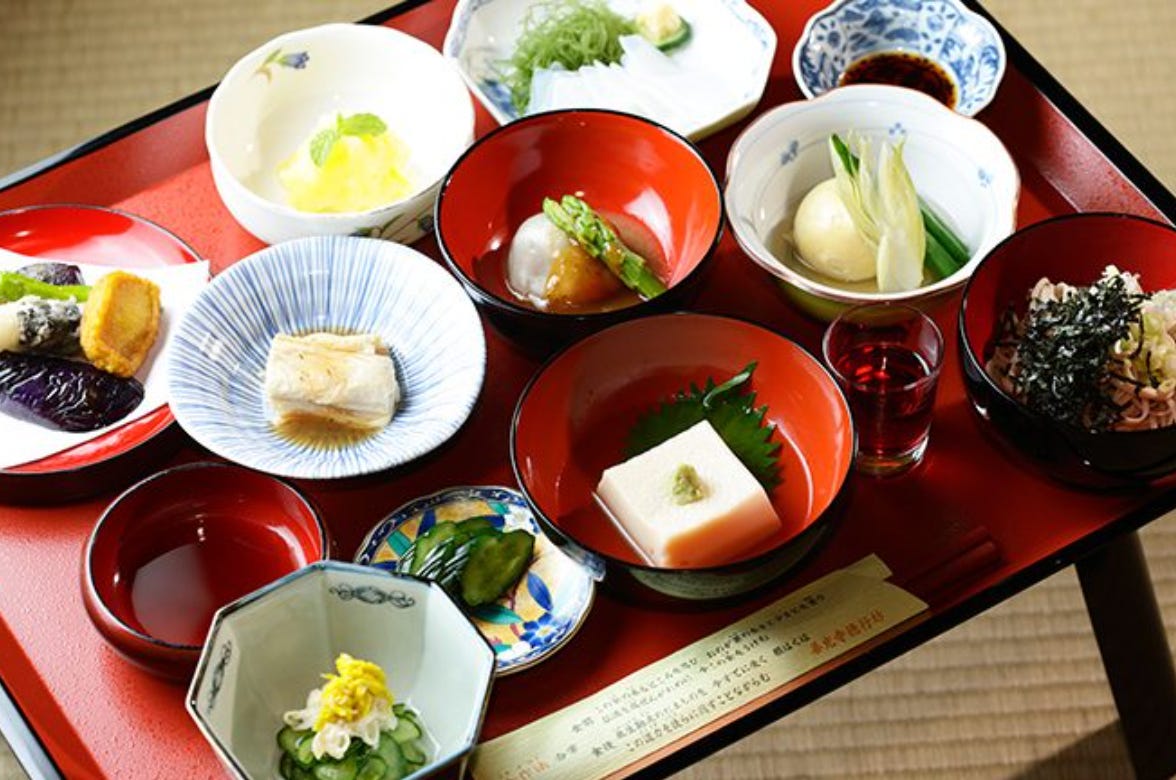
I have taken many Indian colleagues to this restaurant, and everyone has come away from the experience very happy! It's right next to Akihabara Station in Tokyo. https://www.kamakura-komaki.com/
Really appreciate how you highlighted both sides of the coin — Japan can feel like a ‘trap’ for unprepared vegans, yet paradise with proper planning. Your point about relying on Indian restaurants in a pinch really underscores that contrast.